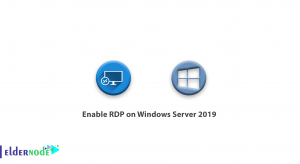


Sudo systemctl unmask sleep.target suspend.target hibernate.target hybrid-sleep.target # Prevent ctrl-alt-del from causing a reboot Sudo apt clean & sudo apt -y autoremove -purge # apply any system updates & remove any obsolete packages The first few changes I made were generic system wide changes. We can then ssh into the system for the majority of the next configuration items. With that complete we can find our IP address - either from the vCenter Server > VM > Summary tab, or by typing ip addr at that terminal session.
#Zenmap ubuntu 20.04 install
We’ll do this by entering sudo apt install openssh-server -y.
#Zenmap ubuntu 20.04 password
I entered a good password, selected require password to log in and didn’t enable Active Directory (we’ll do that later).Īfter the final reboot, we’ll login as our template-admin user, launch the terminal and install sshd, so that we can use it for the rest of the configuration. For my name I entered template-admin and for computer name I entered. During the install I skipped the file check (just to save time) and selected ‘Install Ubuntu’ and accepted defaults. I find this is the easiest way to install operating systems from ISO image. I then selected ‘launch remote console’ to open the VMware Remote Console.

You’ll want to specify something that is capable of running on the versions of ESXi available in your environment. Since I’m able to run this version, and knowing 6.5/6.7 reach end of support in just a few months, I decided to go with the latest available. I typically only visit compatibility levels when VMs are initially created.


 0 kommentar(er)
0 kommentar(er)
